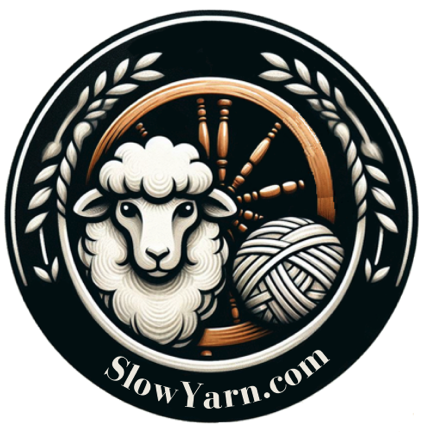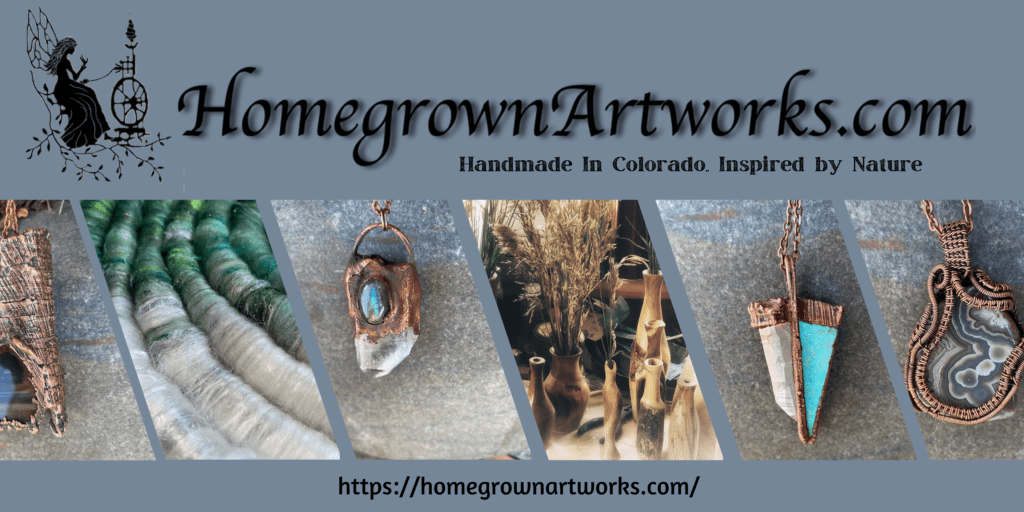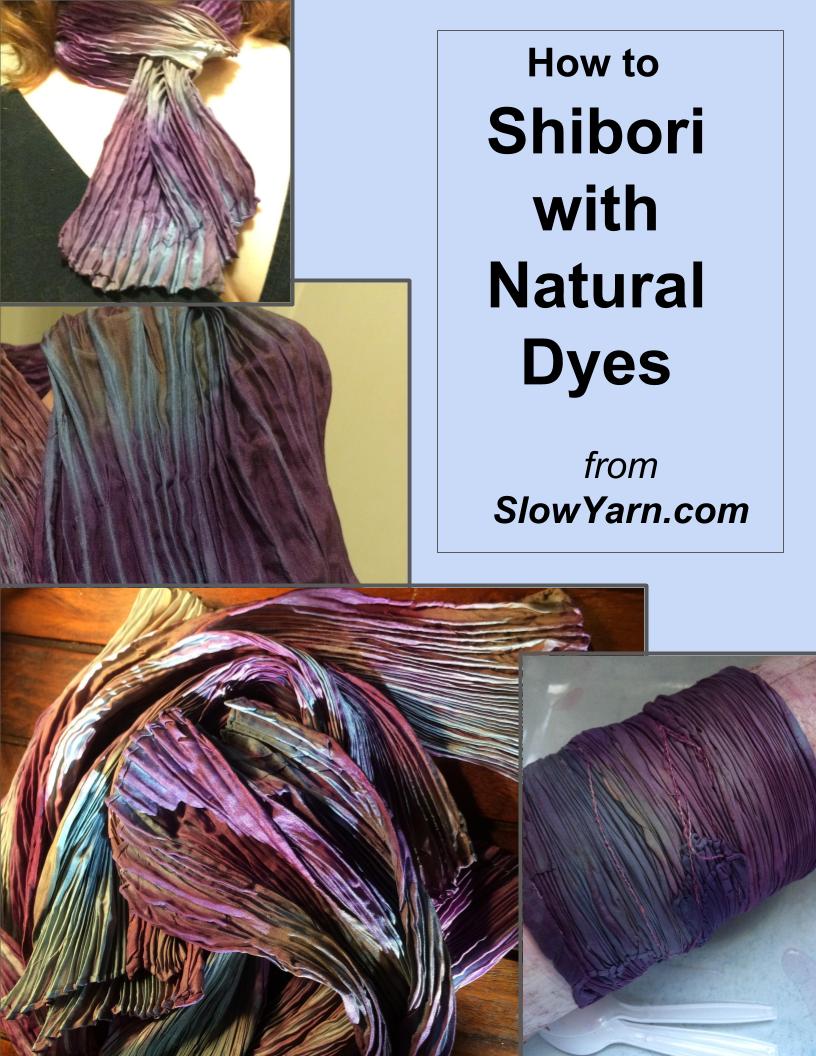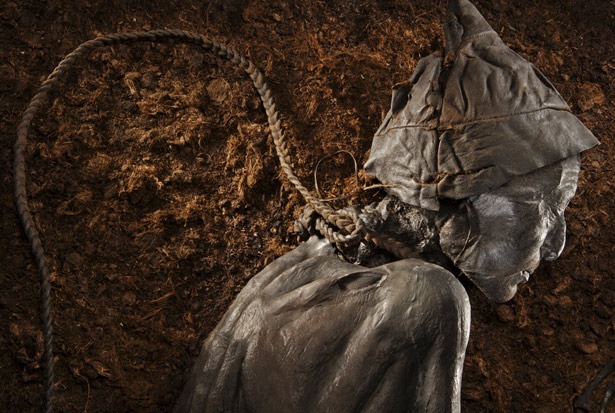
Somewhere along the way, humans found the roots of civilization. Maybe it was inventing the wheel… or maybe it was learning to manipulate fiber. Think about what an advancement was made when people figured out how to make a net instead of trying to stab fish with a sharp stick. Or how to weave cloth from fibers that weren’t as hot and heavy as leather. Textiles provided a form of self-expression as well as being a practical leap forward for civilization. We continue to find exciting evidence of early advances in fiber arts. Bog people, frozen Peruvian mummies, and the Iceman in the Alps– they all teach us something new about where we come from as humans.
When archaeologists study these intact treasures from our past, no detail is without immense value. The clothing they were wearing reveals not only how they died, but how they lived. We can see the process required for producing clothing, hats, shoes, baskets, and bags. By learning what plants were grown to produce a basket, for instance, we can make close estimates of where the material was grown. If the source was far away, we can learn a great deal about trade routes from before recorded history.
Gender roles, status, and religious beliefs can all be revealed by what these people were wearing. The Bog People, in particular, are generally believed to have been human sacrifices or were possibly put to death for crimes. Because many of them are wearing jewelry and accessories, we can surmise that their deaths were ceremonial rather than punitive. It wouldn’t make sense to send a thief to her death wearing a huge bronze belt buckle!
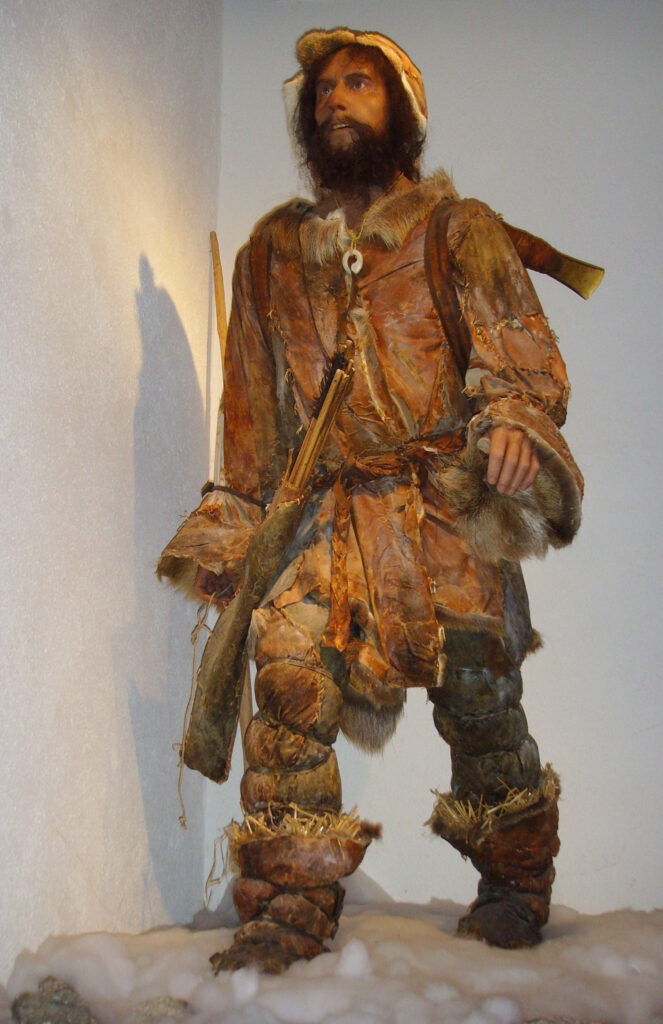
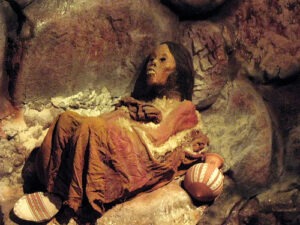
Enough modern people practice ancient fiber crafts, such as spinning and weaving, natural dyeing, and basketry, that we have a good idea how long each article of clothing or accessory took to make. There are many steps in taking bast fibers from the coarse plant stem to a finished article of clothing, for instance. The stems must be retted (soaked), pounded, raked, pounded some more, and raked again before they are even ready to be made into a thread. Once thread is made, it can become strong cordage, be woven or knitted into cloth, or manipulated into netting. To add color in the form of natural dyes is to include many more steps in the processing. Every single article of clothing required a huge investment of time!
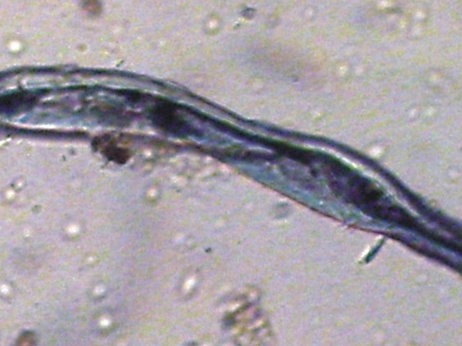
This twisted flax fiber was found in a cave in Georgia in Western Asia and has been dated at over 30,000 years old. Not only did these ancient people process the flax, but they took the time to color it black, gray, turquoise, and pink, and had twisted it into some kind of cord. Only fibers were found– none of the final products were found intact, but the fact that people were manipulating fiber in this way so very, very long ago is a very exciting revelation!
Read more here
Comments are always welcome here at SlowYarn! Tell us what you think, share your ideas, or comment on the content. Or you can contact me directly at kelley@slowyarn.com.
–Kelley
Copyright © 2013 – 2023 Kelley Adams. All rights reserved.
All text, photos, and graphics are the property of Kelley Adams unless credit is given to an alternative source.
